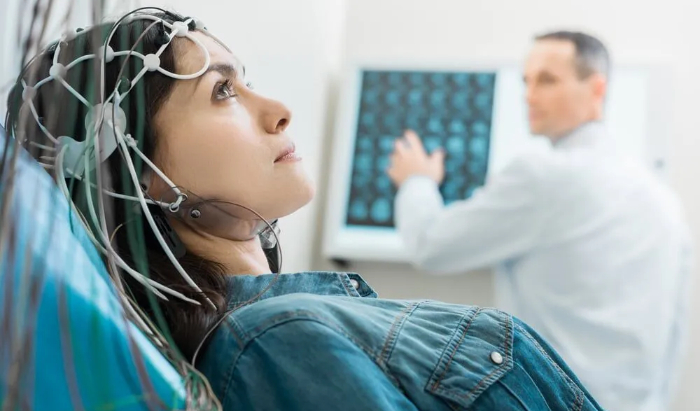Researchers studied brain wave patterns (EEG coherence) in a group of 1426 participants aged 12 to 31 in order to better understand how brain connections develop in teens and young adults. They looked at specific brain activity (high alpha frequency) across 27 pairs of brain regions, resulting in 5006 observations. Using statistical methods, they analyzed how these brain connections changed with age. They found that overall brain connectivity increased steadily from ages 12 to 20, slowed down from 20 to 25, and then stabilized from 25 to 31. However, the detailed patterns of brain connectivity development differed between males and females. While the overall increase was similar, males eventually had higher connectivity levels than females.
To study these changes in detail, researchers used advanced mathematical techniques to measure differences in brain connectivity over time. They found that both males and females showed complex changes, especially around age 20, which had both short-term and long-term effects. Despite these differences, the overall development patterns were similar between the sexes, but males and females maintained distinct connectivity structures throughout development. Additionally, differences within brain regions (front vs. back) were greater than differences between males and females in the same regions. Using multiple methods to analyze these changes provided a deeper understanding of brain development. Read more from the article below.
Chorlian DB, Kamarajan C, Meyers JL, Pandey AK, Zhang J, Kinreich S, Porjesz B (2024) Non-linear development of EEG coherence in adolescents and young adults shown by the analysis of neurophysiological trajectories and their covariance. bioRxiv, 2024.2003.2013.584867. PMID: 38559025; PMCID: PMC10980032; DOI: 10.1101/2024.03.13.584867.
